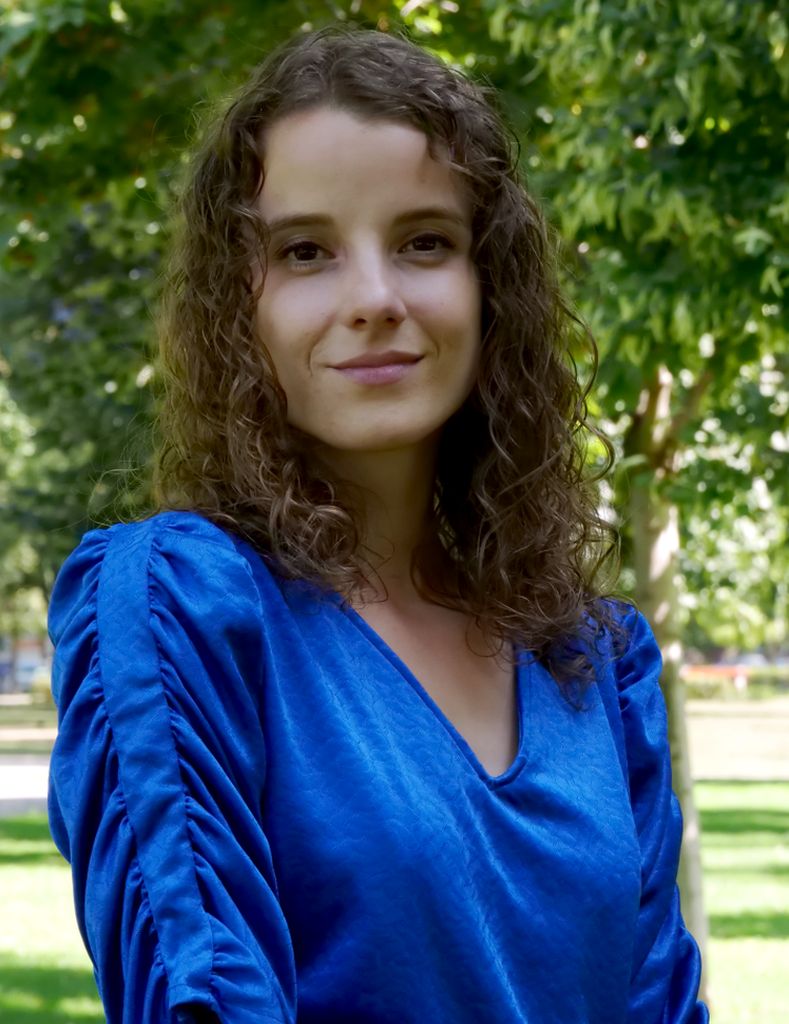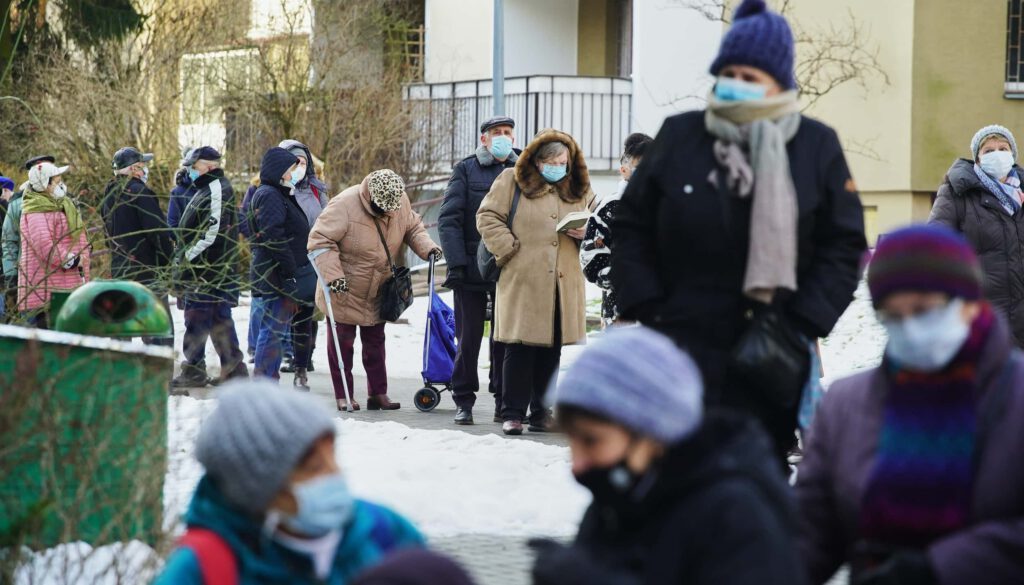The https://english.atlatszo.hu use cookies to track and profile customers such as action tags and pixel tracking on our website to assist our marketing. On our website we use technical, analytical, marketing and preference cookies. These are necessary for our site to work properly and to give us inforamation about how our site is used. See Cookies Policy
How to get the vaccine in the Visegrad Four: a long way to go to achieve herd immunity
Too few vaccines, not enough personnel, poor organisation, chaos, and growing disinformation campaigns – all four countries of the Visegrad Group (V4) are struggling with their vaccination programmes. But they share something else in common: scandals revolving around the privileged skipping the line.

On Saturday, 26 December 2020, in front of live-television cameras, Vladimír Krčméry, a well-known doctor and epidemiologist, became the first Slovak to receive a COVID-19 vaccine. Between then and Monday, 18 January 2021, Slovakia administered 71,400 doses of the vaccine (each person must receive two shots. We were not able to access a breakdown of how many of these doses were the first jab and how many were the second).
This averages out to 2,975 doses per day. According to the Vaccination Strategy of the Ministry of Health, which is responsible for the vaccination programme in Slovakia, the country needs to vaccinate at the very least 3.3 million people (out of the total population of 5.5 million) to achieve herd immunity. This equates to 6.6 million doses. If vaccination centres were able to deliver on average 3,000 injections per day, it would take six years to meet this goal. Although the programme got off to a slow start, the pace has been gradually picking up, as more and more vaccination centres open. On 18 January, 11,321 doses of the vaccine were administered. But even at this rate, it would still take around 1.5 years to vaccinate the lowest estimate needed to achieve herd immunity.
According to the ministry’s strategy, during the first stages of the programme, 25 vaccination centres were supposed to be up and running, out of an eventual total of 79 – one in each county. On 18 January, 41 of them were open.
In the meantime, Slovak Prime Minister Igor Matovič has called for testing the entire population once again, which was successfully done in the autumn. Critics of this idea argue that resources could be better spent on the vaccination programme as mass testing would require the mobilization of thousands of medical workers, as Slovakia learned in the autumn.
The rollout plan for the vaccine originally had four phases. However, the government revised the plan and announced a new one, with eleven phases. The medical workers are still in the first phase, followed now by all people over 85, 75 and 65 years which will be vaccinated in the second, third and fourth phase. After them, people with serious illnesses are in phase five and people with less serious illnesses in phase six, including i.e. obese people with BMI over 30. After them, teachers over 55 follow in seventh phase, all other people over 55 in eight, the rest of teachers of ninth and all the rest of the citizens over 45 in tenth phase. Only in the final eleventh phase all the other adult citizens shall be vaccinated.
Notably, people working in the critical infrastructure of the state have been left out of the new vaccination plan, even though originally they were in the very first group. Now, these people can fill in into the “reserves” lists, and shall there be any thawed vaccines left at the end of the day, these people will be offered a chance to get their jabs.
In Hungary, as in Slovakia, the vaccination campaign was launched on 26 December 2020, with healthcare professionals first receiving injections. So far, there are 25 hospitals functioning as vaccination centres, and on 7 January, inoculation began in the country’s four largest elderly care facilities. By 14 January, approximately 105,700 people had received their first dose of the vaccine.
The Hungarian vaccination plan is based on recommendations made by the National Public Health Centre, which has divided the population into seven major groups. Healthcare professionals, residents and employees of elderly care homes, and people over the age of 60 are the first in line. The next group consists of members of law enforcement working on the frontlines of the epidemic, followed by people aged 18-59 with chronic illnesses and critical infrastructure workers who are at great risk of being exposed to the virus. The last group comprises the general public.
Click here to read the rest of the article on VSQUARE.ORG
Photo: Massive queues formed at clinics as Polish seniors tried to register in the vaccination programme. Warsaw, 22 January 2021, Source: Darek Golik/Forum


